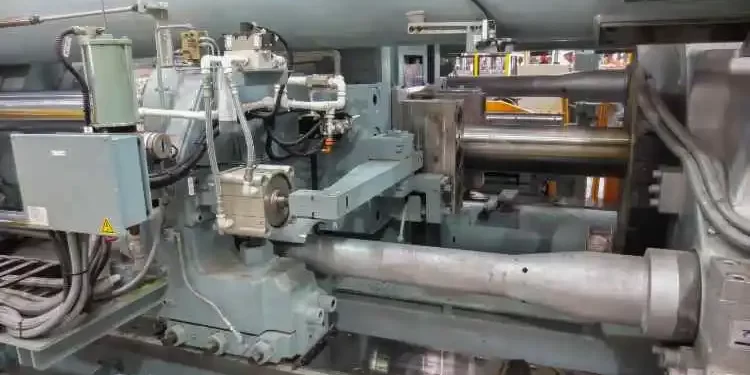Pipe extrusion is a widely used manufacturing process crucial in various industries, including plumbing, construction, and irrigation. It involves shaping plastic or metal into continuous, long pipes by pushing the material through a shaped die under high pressure.
This guide introduces beginners to the fundamental concepts of pipe extrusion, offering insights into its processes, benefits, and applications.
The Pipe Extrusion Process
At the heart of pipe extrusion is a detailed and refined process as outlined at https://www.bausano.com/en/press-and-news/pipes-extrusion-basic-principles, the pipe extrusion technique begins with selecting raw materials, commonly thermoplastic polymers for plastic pipes.
The raw material is fed into an extruder, heated and melted. This molten material is then forced through a pipe-shaped die, forming a continuous pipe. The newly formed pipe is cooled, often in a water bath, and then cut into desired lengths.
Key Components of an Extrusion Machine
A pipe extrusion machine consists of several key components. The extruder barrel and screw are central to the process, where the raw material is melted and pushed forward. The die gives the molten plastic its shape, and the cooling system solidifies it. Calibration and haul-off units are essential for ensuring the dimensions and quality of the final product.
Materials Used in Pipe Extrusion
Various materials can be used in pipe extrusion, depending on the application. Polyvinyl Chloride (PVC), Polyethylene (PE), and Polypropylene (PP) are common for plastic pipes. Each material offers different characteristics, such as flexibility, chemical resistance, and temperature tolerance, making them suitable for specific applications.
Applications of Extruded Pipes
Extruded pipes are used in a multitude of applications. They are essential in plumbing systems for water supply and waste removal. In agriculture, they are used for irrigation and drainage systems. The construction industry utilizes these pipes for electrical and telecommunications wiring. The versatility of materials and the customization options in the extrusion process make it possible to cater to these varied applications.
Advantages of Pipe Extrusion
Pipe extrusion offers several advantages. It allows for high-volume production, making it a cost-effective method for pipe manufacturing. The process also provides flexibility regarding pipe sizes, lengths, and wall thicknesses. Additionally, the continuous nature of the process ensures uniform quality and strength throughout the length of the pipe.
Challenges and Considerations
While pipe extrusion is highly efficient, it comes with challenges. Quality control ensures the pipes meet industry standards and application requirements.
The choice of material and the design of the die are critical factors that affect the quality and functionality of the final product. Additionally, maintaining the extrusion machinery and ensuring environmental compliance are important considerations for manufacturers.
Conclusion
Pipe extrusion is a fascinating and complex process that significantly impacts various industries. Understanding its basic principles, from the choice of materials to the machinery used, can provide foundational knowledge for those interested in this field. As technology advances, the pipe extrusion process continues to evolve, offering even more efficient and diverse applications.
